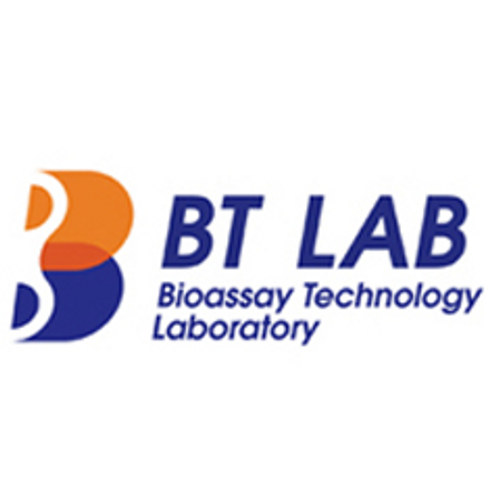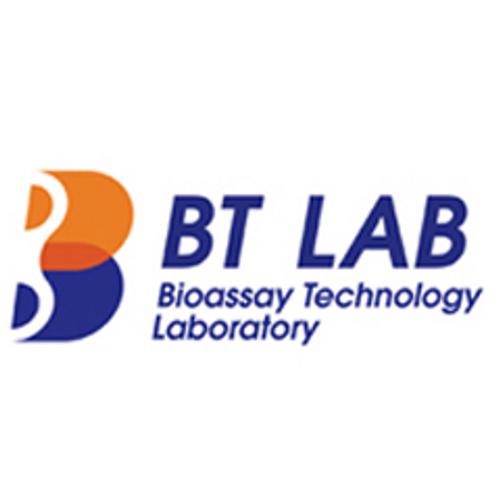Product Description
Rat Pro Atrial Natriuretic Peptide (Pro-ANP) ELISA Kit | AE25830RA | Abebio
Species Reactivity: Rat (Rattus norvegicus)
Abbreviation: Pro-ANP
Alternative Name: N/A
Application: ELISA
Range: 15.6-1000 pg/mL
Sensitivity: 5.7 pg/mL
Intra-Assay: ≤5.1%
Inter-Assay: ≤10.8%
Recovery: 1, 09
Sample Type: Serum, Plasma, Other biological fluids
Detection Method: Sandwich
Analysis Method : Quantitive
Test Principale: This assay employs a two-site sandwich ELISA to quantitate Pro-ANP in samples. An antibody specific for Pro-ANP has been pre-coated onto a microplate. Standards and samples are pipetted into the wells and anyPro-ANP present is bound by the immobilized antibody. After removing any unbound substances, a biotin-conjugated antibody specific for Pro-ANP is added to the wells. After washing, Streptavidin conjugated Horseradish Peroxidase (HRP) is added to the wells. Following a wash to remove any unbound avidin-enzyme reagent, a substrate solution is added to the wells and color develops in proportion to the amount of Pro-ANP bound in the initial step. The color development is stopped and the intensity of the color is measured.
Product Overview: Atrial natriuretic peptide (ANP), is a polypeptide hormone involved in the homeostatic control of body water, sodium, and adiposity. It is released by atrial myocytes, muscle cells in the atria of the heart, in response to high blood pressure. ANP acts to reduce the water, sodium and adipose loads on the circulatory system, thereby reducing blood pressure.ANP is a 28 amino acid peptide with a 17 amino acid ring in the middle of the molecule. The ring is formed by a disulfide bond between two cysteine residues at positions 7 and 23. ANP is closely related to BNP and CNP which all share the same amino acid ring. ANP was discovered in 1981 by a team in Ottawa led by Adolfo J. de Bold after they made the seminal observation that injection of atrial (but not ventricular) tissue extracts into rats caused copious natriuresis.
Stability: The stability of ELISA kit is determined by the loss rate of activity. The loss rate of this kit is less than 5% within the expiration date under appropriate storage condition. The loss rate was determined by accelerated thermal degradation test. Keep the kit at 37°C for 4 and 7 days, and compare O.D.values of the kit kept at 37°C with that of at recommended temperature. (referring from China Biological Products Standard, which was calculated by the Arrhenius equation. For ELISA kit, 4 days storage at 37°C can be considered as 6 months at 2 - 8°C, which means 7 days at 37°C equaling 12 months at 2 - 8°C) .
 Euro
Euro
 USD
USD
 British Pound
British Pound
 NULL
NULL












